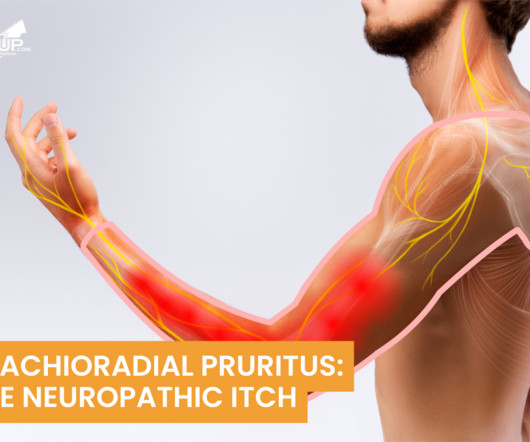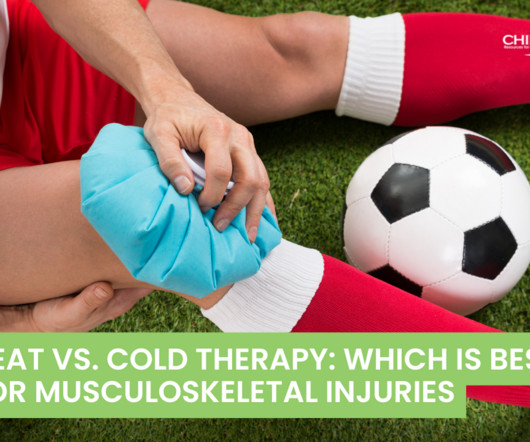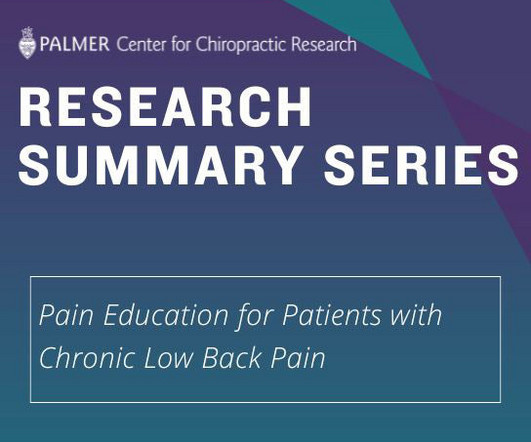Brachioradial Pruritus: The Neuropathic Itch Every DC Should Recognize
ChiroUp
JANUARY 2, 2025
Conservative options include cervical manipulation, manual therapy, traction, modalities, and therapeutic exercise. Fast Fact Limit nerve irritation, including underlying postural stressors Arm & neck exercises for brachioradial pruritis can help alleviate symptoms and improve function and mobility. 2002 Dec;20(4):186-90.












Let's personalize your content